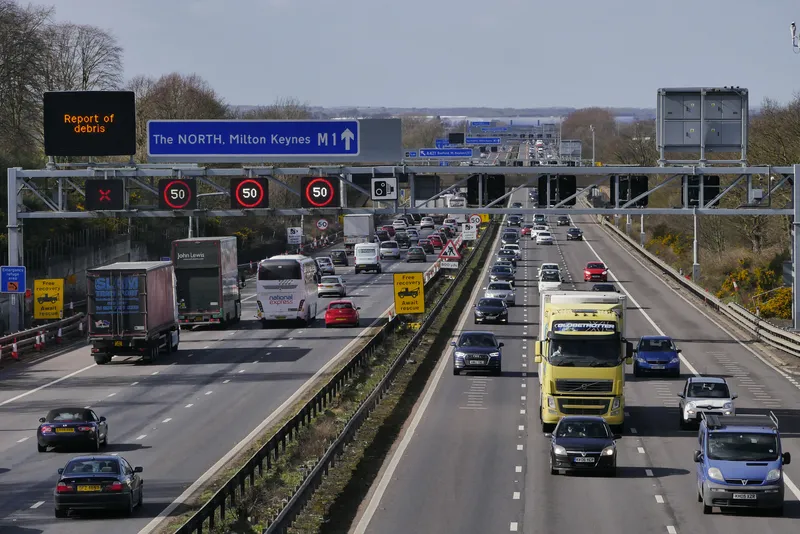Police in Lithuania have begun installing average speed cameras on a five kilometre section of the Via Baltica highway, according to the Lithuanian Tribune.
Following a trial period, there are plans to expand the network of such cameras, commented Commissioner General of Police Linas Pernavas. "Developed EU members states have long concluded that it's more effective to calculate the medium speed on the section of several or several dozen kilometres, rather that measuring the instant speed. The Via Balti
July 20, 2015
Read time: 1 min
Police in Lithuania have begun installing average speed cameras on a five kilometre section of the Via Baltica highway, according to the Lithuanian Tribune.
Following a trial period, there are plans to expand the network of such cameras, commented Commissioner General of Police Linas Pernavas. "Developed EU members states have long concluded that it's more effective to calculate the medium speed on the section of several or several dozen kilometres, rather that measuring the instant speed. The Via Baltica has been chosen for its high number of accidents as two people are killed in car accidents on this road every week," Pernavas said.
Following approval by the government, police plan to install a further twelve cameras in September-October and hope to increase the number of average speed cameras in the country to around a hundred.
Following a trial period, there are plans to expand the network of such cameras, commented Commissioner General of Police Linas Pernavas. "Developed EU members states have long concluded that it's more effective to calculate the medium speed on the section of several or several dozen kilometres, rather that measuring the instant speed. The Via Baltica has been chosen for its high number of accidents as two people are killed in car accidents on this road every week," Pernavas said.
Following approval by the government, police plan to install a further twelve cameras in September-October and hope to increase the number of average speed cameras in the country to around a hundred.









